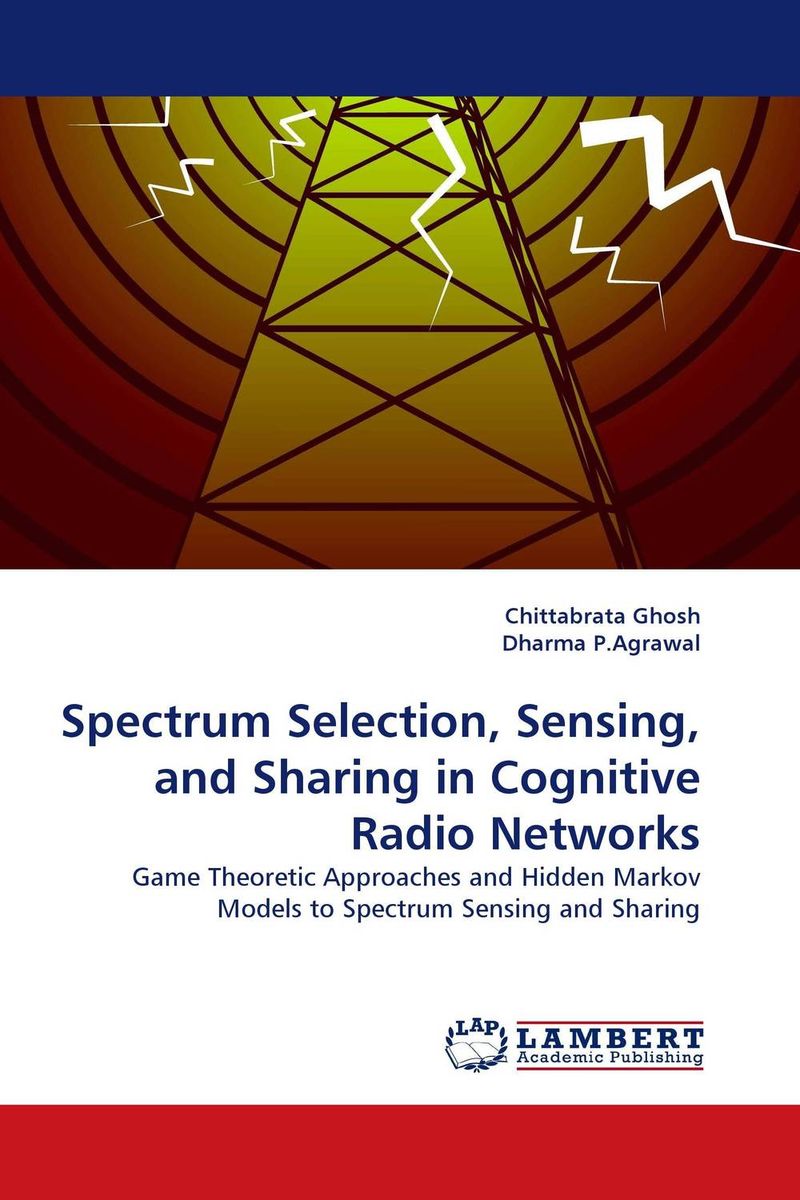"Spectrum Selection, Sensing, and Sharing in Cognitive Radio Networks" introduces the readers to a comprehensive idea about the evolution and functionality of Cognitive Radio from a network perspective. The book covers an efficient modeling technique of spectrum occupancy patterns of primary users in licensed bands, substantiating the results based on real-time experiments performed in Boston, MA, USA. The next chapter introduces a new idea for cognitive radio termed as "Spectrum Selection," a concept of preferable selection of spectrum for further spectrum sensing. A separate chapter on application of Hidden Markov Models is discussed for efficient spectrum sensing techniques. Additionally, Game theoretic approaches are illustrated with examples in one chapter for spectrum sharing and coexistence of secondary and primary users in licensed bands. The concept of NC-OFDMA is also introduced as an option for efficient spectrum allocation in coexistence of secondary networks. Finally, the book ends with an invaluable concept on cross-layer architecture for future software defined radio based cognitive radio that are critical to the successful development of commercial products. Это и многое другое вы найдете в книге Spectrum Selection, Sensing, and Sharing in Cognitive Radio Networks (Chittabrata Ghosh and Dharma P.Agrawal)
Spectrum Selection, Sensing, and Sharing in Cognitive Radio Networks Chittabrata Ghosh and Dharma P.Agrawal
Подробная информация о книге «Spectrum Selection, Sensing, and Sharing in Cognitive Radio Networks Chittabrata Ghosh and Dharma P.Agrawal». Сайт не предоставляет возможности читать онлайн или скачать бесплатно книгу «Spectrum Selection, Sensing, and Sharing in Cognitive Radio Networks Chittabrata Ghosh and Dharma P.Agrawal»
